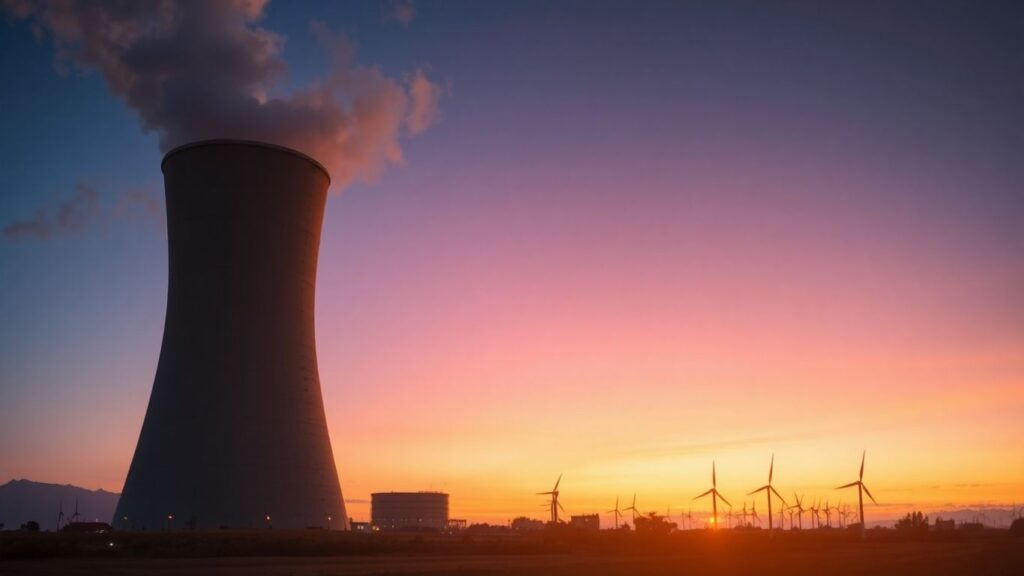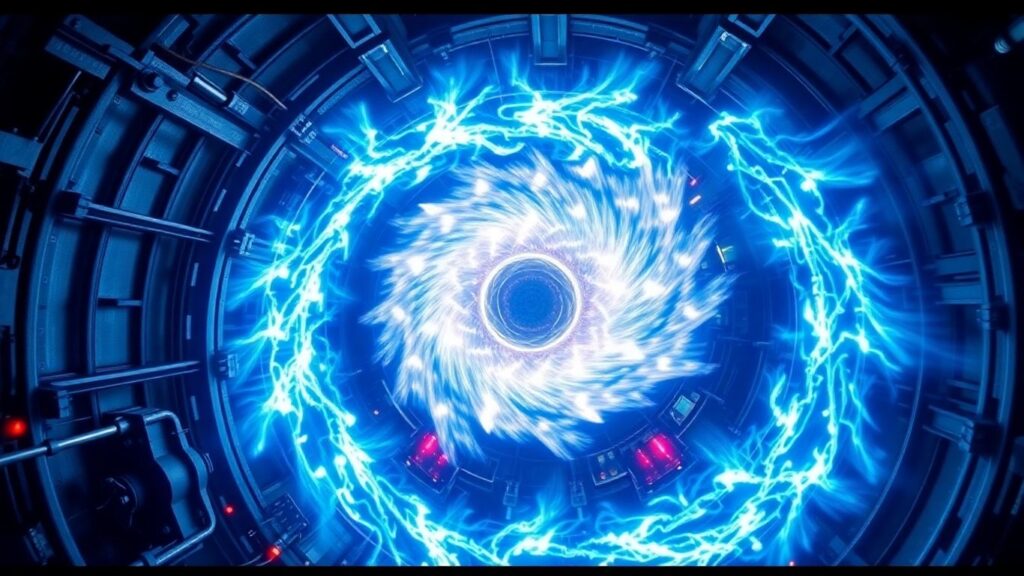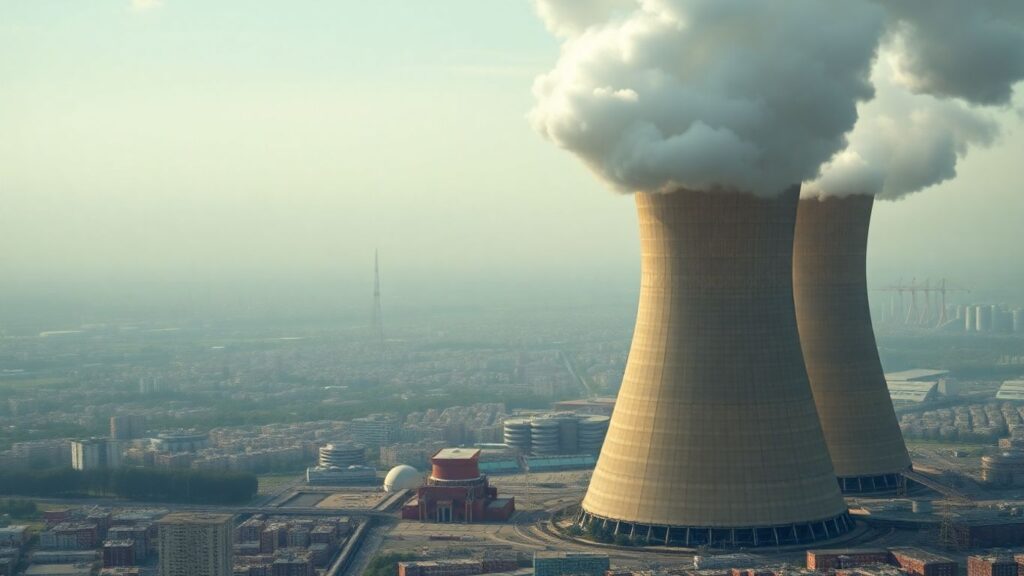Recent advancements in nuclear fusion technology are generating significant optimism, suggesting that a clean, virtually limitless energy source may be closer than previously imagined. Companies like Commonwealth Fusion Systems are making strides with innovative magnet technology and pilot projects, aiming to bring fusion power to the grid within the next decade. This progress could revolutionize the global energy landscape, offering a powerful solution to meet growing energy demands while combating climate change.
Key Takeaways
- Technological Advancements: Innovations in high-temperature superconducting magnets are crucial for containing the superheated plasma needed for fusion.
- Commercialization Push: Private companies are accelerating development, aiming for grid-ready fusion power plants in the early 2030s.
- Regulatory Streamlining: New regulatory approaches are making it easier to deploy fusion reactors compared to traditional nuclear fission.
- Economic Potential: Fusion energy promises abundant, clean, and potentially cost-effective power, with significant implications for global economies.
- Geopolitical Shifts: The successful commercialization of fusion could reshape global energy dynamics and reduce geopolitical tensions.
The Dawn of Commercial Fusion
For decades, nuclear fusion has been a tantalizing but elusive goal, often described as "20 years away." However, a recent breakthrough at Lawrence Livermore National Laboratory in 2022, achieving net energy gain from a fusion reaction, has reignited interest and investment. Companies like Commonwealth Fusion Systems (CFS) are at the forefront, developing compact, high-field tokamaks utilizing novel superconducting magnets. Their pilot project, SPARC, is slated for net energy production in 2027, with plans for the first commercial power plant in Virginia by the early 2030s.
Overcoming Hurdles and Shaping Policy
Despite the rapid progress, challenges remain. The path to commercialization involves significant capital investment and navigating regulatory frameworks. However, policymakers are beginning to adapt, with streamlined processes for regulating fusion reactors, treating them more like particle accelerators than traditional fission plants. This regulatory shift is crucial for enabling faster deployment and attracting further investment.
Economic and Global Implications
The potential economic impact of fusion energy is immense. Projections suggest it could significantly reduce energy costs, boost global GDP, and provide a stable, clean power source for industries and developing nations. The availability of abundant energy could also alleviate geopolitical conflicts tied to fossil fuels and dramatically aid in the fight against climate change. Major tech companies are already showing interest, signing agreements to purchase fusion power once it becomes available, highlighting its potential to power energy-intensive applications like AI data centers.
The Race for Fusion Dominance
The global race for fusion energy is intensifying, with countries like the United States, China, and the UK investing heavily in research and commercialization efforts. While the exact timeline for widespread adoption remains uncertain, the current momentum suggests that fusion power could transition from a scientific curiosity to a dominant energy source within the coming decades, ushering in an era of unprecedented energy abundance and sustainability.
Sources
- A Nuclear Fusion Breakthrough May Be Closer Than You Think, Time Magazine.
- Is the world ready for the transformational power of fusion?, The World Economic Forum.












